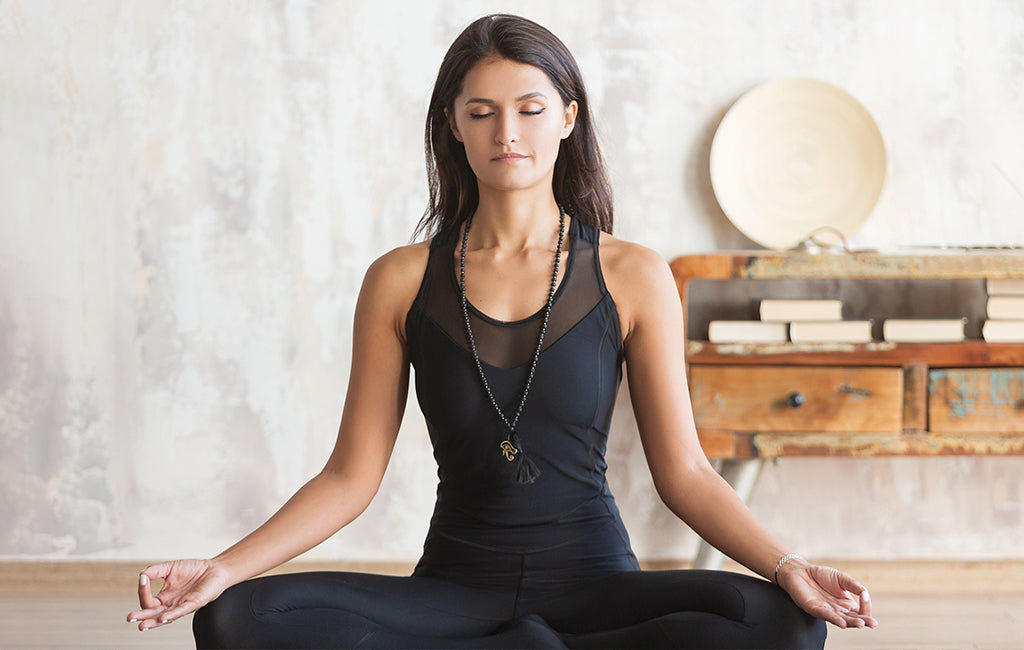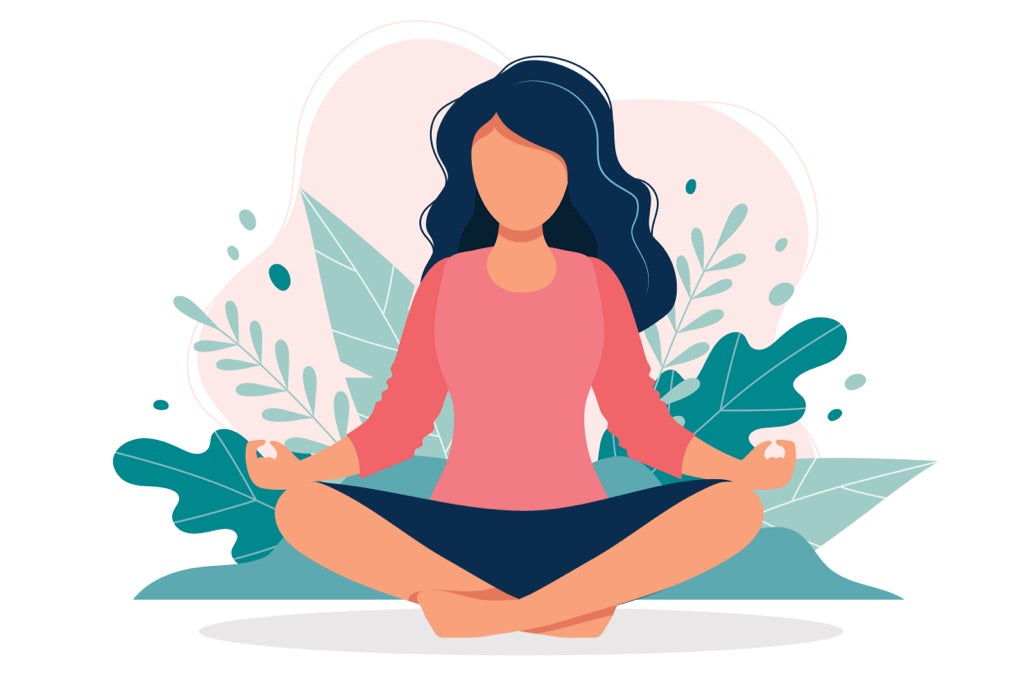A Step-by-Step Approach on How to Meditate? for Stress and anxiety Relief
A Step-by-Step Approach on How to Meditate? for Stress and anxiety Relief
Blog Article
Begin Your Journey: Simple Actions on Exactly How to Practice Meditation for Novices
Reflection, commonly perceived as an elusive technique scheduled for the experienced, can actually serve as a fundamental tool for anyone looking for clarity and tranquility in their daily life. The trip of reflection holds even more depth than one may prepare for, inviting more exploration into its transformative aspects.
Comprehending Meditation Essentials
Meditation offers as an effective tool for boosting mental clearness and emotional health. At its core, reflection is a technique of focused interest and understanding, allowing individuals to cultivate a deeper understanding of their feelings and thoughts. By participating in this discipline, practitioners can achieve a state of relaxation and mindfulness, which can considerably decrease tension and anxiety degrees.
Understanding the fundamentals of reflection involves familiarizing oneself with different strategies, such as mindfulness, loving-kindness, and transcendental reflection. How to meditate?. Each approach has its unique technique, yet all share a common goal: to promote a sense of internal tranquility and self-awareness. Beginners should begin with basic methods, such as concentrating on the breath or observing thoughts without judgment
Establishing a regular reflection routine, even if just for a few minutes each day, can generate considerable benefits over time. Inevitably, reflection is not simply a retreat from reality; it is a profound trip toward better self-discovery and total mental wellness.
Finding Your Suitable Area
Producing a favorable setting for reflection is crucial for maximizing its advantages. Your selected space ought to promote serenity, permitting you to focus inward without diversions. Begin by selecting a place that feels secure and comfy, whether it be a peaceful edge of your home, a garden, or a local park.
Soft lighting can enhance leisure, while all-natural light can invigorate your spirit. Ensure the space is complimentary from mess, as a tidy environment cultivates a clear mind.
Audio plays a substantial duty in your meditation space. Go for a quiet location to minimize disruptions, or utilize soft background music or nature appears if you locate silence upsetting (How to meditate?). The temperature level must additionally be comfortable; neither also cool nor too warm, to protect against distraction throughout your method
Finally, personalizing your space with meaningful items-- such as crystals, pictures, or meaningful quotes-- can produce a much deeper link to your method. By attentively curating your setting, you established the phase for a more profound and effective meditation experience.
Choosing a Comfy Position
Discovering the ideal setting for reflection is crucial to preserving focus and comfort throughout your practice. The optimal position permits both physical stability and mental alertness, making it easier to focus on your reflection objectives.
There are numerous positions to consider, each with its own advantages. Resting cross-legged on the flooring is a prominent option, promoting an upright back and basing your energy. If this setting is uncomfortable, take into consideration other utilizing a padding to elevate your hips, which can relieve strain on your knees and back. Conversely, a chair can supply the necessary assistance, enabling your feet to rest level on the ground, guaranteeing security and convenience.
You may additionally choose to relax if resting is not ideal for you, but beware, as this can bring about drowsiness. Whatever placement you select, make certain that your body is relaxed yet alert. Maintain your shoulders back and your hands resting easily on your lap or knees. Ultimately, the most effective placement is one that feels all-natural to you and enables you to keep focus, helping with a much deeper link with your reflection practice.
Breathing Techniques to Start
Beginning your reflection practice with reliable breathing techniques can dramatically boost your experience. Breath acts as the foundation of meditation, giving a prime focus that helps anchor your mind and grow mindfulness.
To begin, practice her latest blog diaphragmatic breathing, which engages the diaphragm and advertises much deeper inhalation. Sit comfortably, with your back straight, and area one hand on your breast and the other on your abdominal area. Breathe in deeply through your nose for a count of 4, guaranteeing that your abdomen climbs while your upper body stays fairly still. Hold your breath for a count of 4, then exhale gradually with your mouth for a count of 6, enabling your abdomen to drop.
One more valuable strategy is the 4-7-8 method. Inhale with your nose for a matter of 4, hold your breath for seven counts, and breathe out slowly via your mouth for eight matters. This pattern not just soothes the mind but likewise decreases anxiety, making it less complicated to work out right into your meditation practice.
Explore these techniques to find what reverberates ideal with you, and remember to preserve an unwinded posture and an open mind as you start your trip right into meditation.
Tips for Uniformity and Development

Developing a welcoming reflection area is also critical. Select a quiet location where you feel complimentary and comfortable from interruptions. Having a devoted spot strengthens your commitment and urges you to return regularly. In addition, think about using assisted meditations or meditation applications, which can supply structure and selection to your sessions.
Begin with brief durations, slowly enhancing the moment as you become much more comfortable. This step-by-step strategy check here not just makes reflection much less overwhelming yet also enables your technique to expand organically. Tracking your progress in a journal can likewise be practical; noting your experiences and feelings after each session can improve self-awareness and inspiration.
Last but not least, keep in mind that reflection is an individual journey. Endure on your own and welcome the knowing procedure, recognizing that uniformity and development are built with time.
Final Thought
In verdict, reflection serves as a useful method for promoting psychological quality and emotional well-being. By understanding the basic ideas of meditation, choosing a proper space, adopting a comfy position, and using efficient breathing techniques, people can begin on a satisfying reflection trip.
Recognizing the fundamentals of meditation includes acquainting oneself with numerous methods, such as mindfulness, loving-kindness, and transcendental reflection. Eventually, the best setting is one that feels all-natural to you and enables you to keep focus, facilitating a much deeper connection with your reflection practice.
Developing a regular reflection method can considerably boost your mindfulness journey and personal growth. Furthermore, consider making use of directed meditations or reflection apps, which can give structure and selection to your sessions.

Report this page